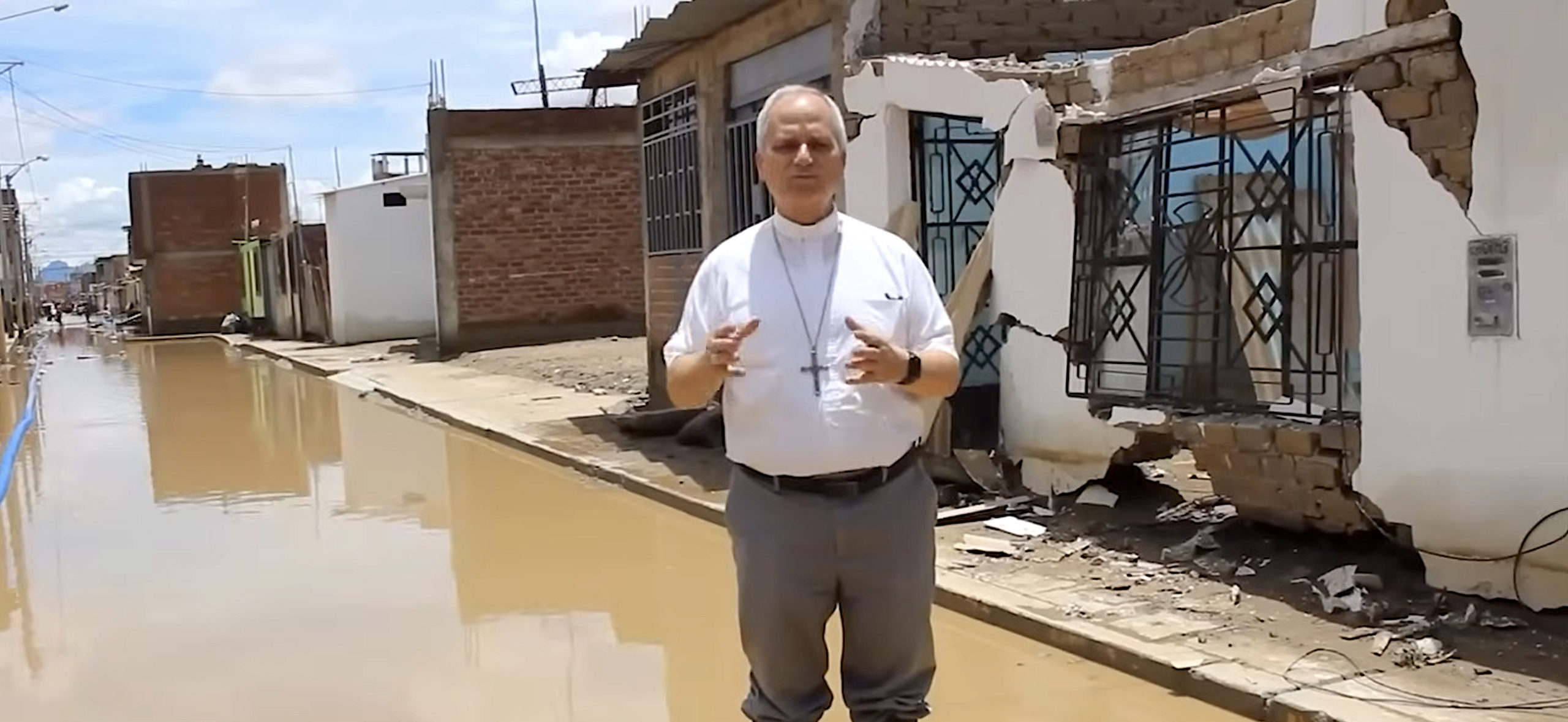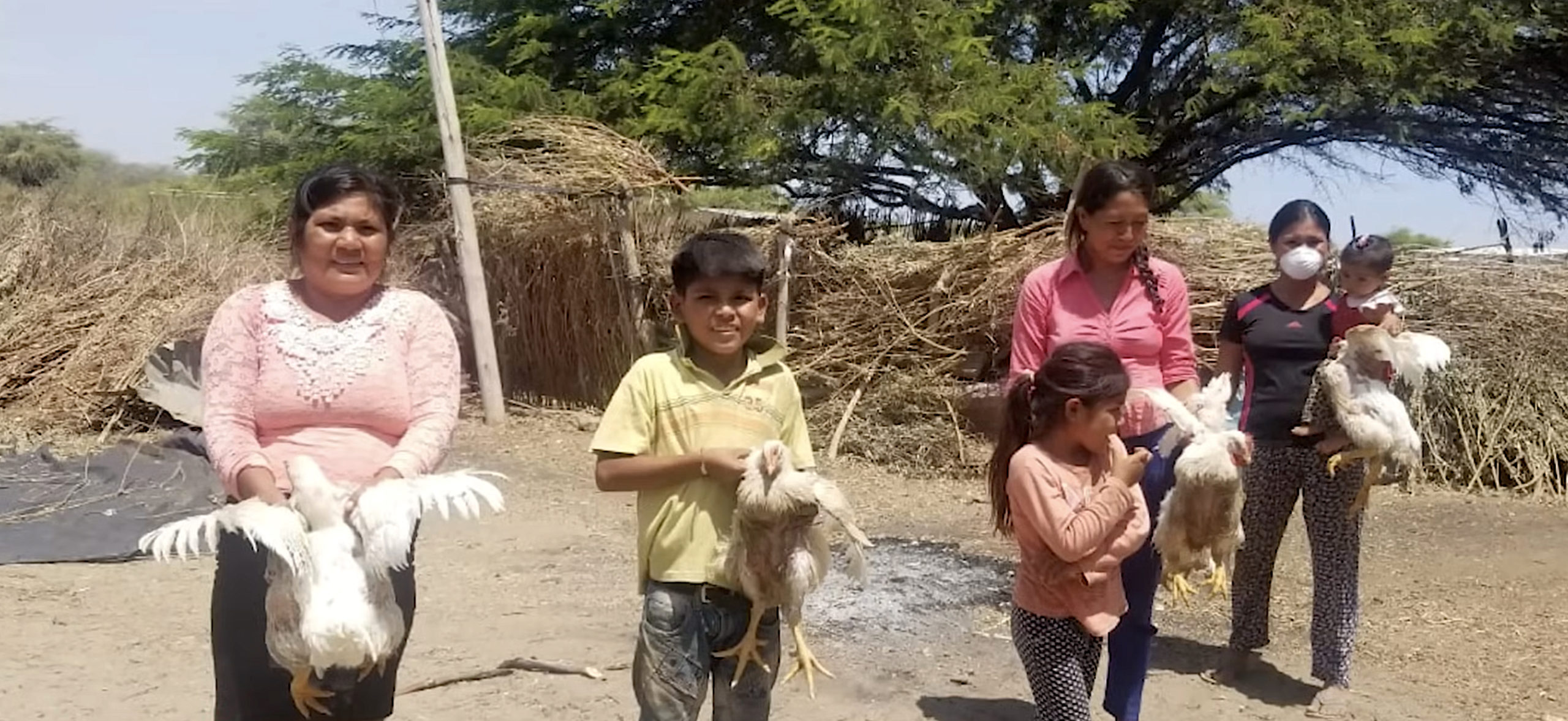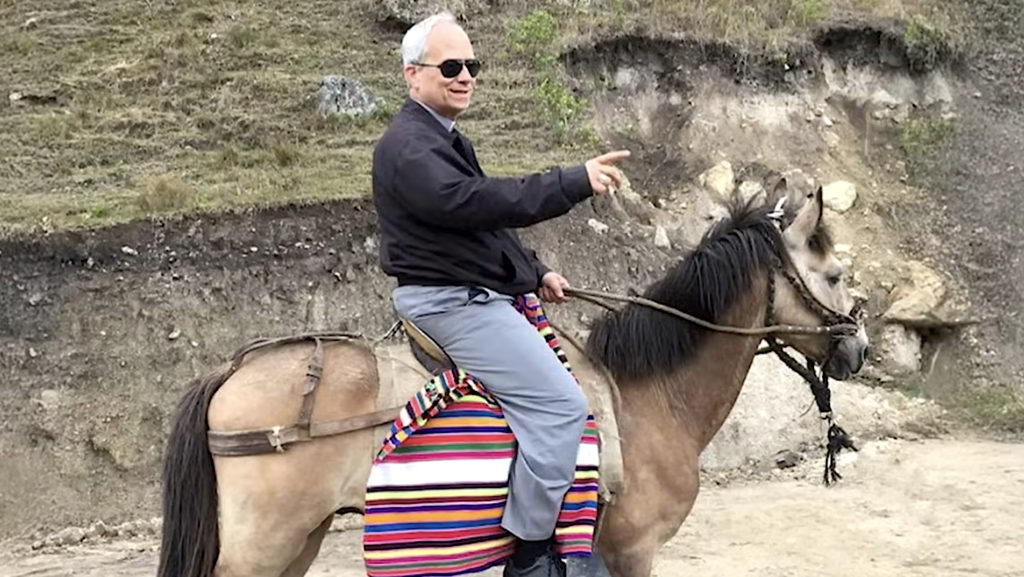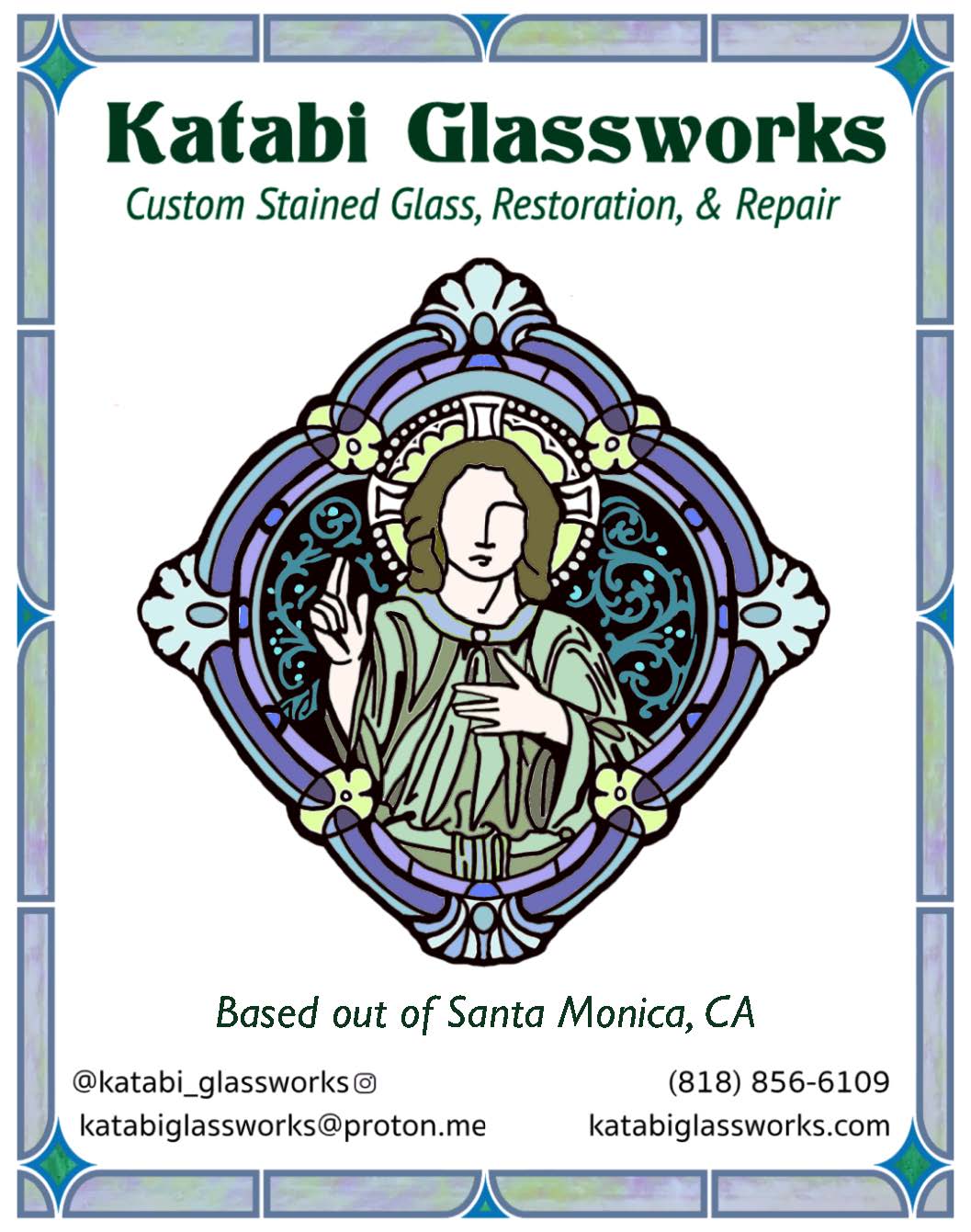Y ahora el mundo lo baila así … /Porque el Papa es Peruano/Es chiclayano/El es el Papa León!
If you were watching for white smoke on television back in May, you probably knew the identity of Peter’s next successor sooner than I did — and I was right there in St. Peter’s Square!
Yes, after the Habemus Papam, I heard “Roberto”— but then nothing but muddled Latin through the cheers. It wasn’t until a friend’s single word text from Alabama successfully got past the phone signal congestion in the Square that I understood “Prevost.”
Who? Well, I knew the name (an American pope, seriously?) but not much more beyond what I saw that day from the loggia: a man speaking fluent Italian and Spanish, reading, intriguingly, from a prepared text. Like you, since then, I’ve learned a great deal about his family background and childhood, his Augustinian identity, and in general terms, about his years in Peru.
On that last point in particular, Vatican News is here to help. Within weeks of his election, the agency produced and released a moving 45-minute documentary, “Leon de Peru.” Watchable on Vatican News’ YouTube channels, it is valuable not only for what it tells us about the past, but hints at for the future.
And the world dances like this … because the pope is Peruvian, Chiclayano! Those lyrics from the song “La Cumbia del Papa,” featured in the film, capture the tone: pride, joy, and gratitude. Gratitude not simply that the beloved “Padre Roberto” is now the padre of the whole Church, but gratitude for him and what he brought to their communities: unity, attentive listening, and openness, all rooted in a deep, straightforward faith and commitment to the Works of Mercy.

Following the chronology of the Holy Father’s time in Peru, we begin in Chulucanas and Trujillo, where Prevost, while working with Augustinian formation from 1985 to 1986, and 1988 to 1989, also engaged in pastoral ministry.
Catechists, parishioners, and Prevost’s fellow Augustinians speak of a humble, hardworking priest. Mentioned most frequently are the qualities of calmness, simplicity, approachability, and attentiveness. An Augustinian describes his confrere’s process of decision-making: “Look, reflect, observe, pray, think.” A catechist remembers him as a man, not of many words, but of definitive action.
From 1998 to 2015, Father Prevost lived outside Peru as he served in various capacities in the Augustinian order. But in 2014, he returned as bishop of Chiclayo, near the northern coast of the country, where he served until 2023, when Francis called him to Rome to lead the Dicastery for Bishops.
This second period in Peru was marked by two major crises: Severe El Niño flooding in 2017, and the COVID-19 pandemic, beginning in 2020.
Colleagues and parishioners recall how Bishop Prevost met these crises: not at a distance, but hands-on. In the aftermath of the floods, he would “go right into the mud, step in, serve, help, and share.”
“He would go with us as part of the team, driving the trucks, carrying the aid kits,” one collaborator in the Diocese of Chiclayo recalled. “And he would guide us, hand out supplies and bless the people.”
In early 2020, Prevost was given an extra job by Francis: to serve as temporary administrator of the Diocese of Callao, near the capital of Lima. That coincided with the onset of the coronavirus pandemic, which took a particularly heavy toll on Peru in its early days.
In the documentary, the pastor and some residents of the impoverished town of Pachacútec north of Callao recall how Prevost was instrumental in helping the residents survive the economic crisis brought by COVID. Sources of income — markets, mototaxi driving — disappeared during the shutdown. How would they survive? Chickens, that’s how. Prevost arranged for the delivery of 4,000 chickens a week to the area during the worst of it — as well as medicine, water, and a few pigs.

Not all crises are sudden and dramatic. Others are endemic and ongoing. The film documents Prevost’s care for immigrants — mostly from Venezuela, prisoners, and movingly, women driven to sex work. Sylvia Vázquez, herself a survivor of trafficking and rape, details how Prevost worked with the Adoratrice Sisters in this apostolate, celebrating Mass for the women they worked with and listening to their stories.
What shines through at every stop in this journey through Prevost’s time in Peru, is his foundational understanding of the unity of the corporal and spiritual works of mercy as well as a commitment to collaboration rooted, not in slogans or abstract schema, but in the reality of living and working together as the Body of Christ.
“Leon de Peru” helps us answer the question everyone is asking: Who is Pope Leo? But it does so not simply by listing his human qualities. More importantly, it offers a window into how accompanying and serving God’s people in the midst of joy and suffering prepared him to assume the office of the Successor of Peter.
That was something Leo himself acknowledged in the words he spoke in Spanish on the loggia of St. Peter’s Basilica on May 8, when he thanked his “beloved Diocese of Chiclayo … a faithful people has accompanied its Bishop, shared its faith and given so much, so much, to continue being a faithful Church of Jesus Christ.”

